As always, our first stop was the Visitor Center that has exhibits about both the Timucuan (Native Americans) who once lived here and Fort Caroline.
Native Americans lived along the coastal region of GA and FL for thousands of years. When the French arrived in 1562, they were, at first, welcomed by the Timucuan people. They, like many other native people, were eventually devastated by European diseases. A population that was in the tens of thousands was recorded as only 550 in 1698.
This owl totem (c 1450 AD) was carved from a pine tree using tools of stones, shells, and shark teeth. It is the largest wooden effigy ever recovered in North or South America. Wow! Owls were believed to messengers for the Spirit of the Night. Also shown is a clay effigy (1100-1562 AD).
The French expedition came to the US in search of riches and to escape religious persecution. Jean Ribault arrived at the St. John’s River in 1562 and an expeditionary force led by Rene de Laudonnière arrived two years later to establish the first French colony in the US.
The Spanish viewed the settlement as an invasion on their land claims in Florida. In 1565, the Spanish captured Fort Caroline and massacred most of the people there. The French recaptured the fort in 1568, but never tried to colonize the area again.
Laudonniere’s personal account of the failure of the colony was published in 1586. It is the primary source of information about Fort Caroline today.
From the Visitor Center, we followed the trail to the reconstructed fort exhibit. A small moat surrounded the fort on three sides (and St. Johns River on the fourth).
Our sweet doggie, Sadie, was allowed on the trails here, but not in the fort. She waited patiently for us under a tree.
A village of framed houses with thatched roofs was built outside of the fort. When the Spanish massacred 130 people at Fort Caroline, about 70 colonists fled to the woods or onto ships in the river (and returned to France).
After seizing the fort, the Spanish tracked down starving shipwrecked French soldiers (south of St. Augustine) and killed all but 30 Catholics (including Ribault). When French forces returned in 1658, they defeated the Spaniards with the help of the Timucuans. Two hundred Spaniards were hanged; the fort burned; and the French returned home.
Leaving the fort, we followed the Nature Loop Trail back to the parking area.
There were many live oaks draped with Spanish moss (aka French beard), beautyberry, fungi (of all kinds), and, one of my forest favorites, ferns.
A traditional Timucuan shelter can be seen along the trail near the Visitor Center
From the Timucuan Preserve Visitor Center we took a left turn on Fort Caroline Road to check out the Ribault Monument (short distance to a parking lot on the left). Overlooking the St Johns River is where Ribault staked France’s claim to the New World in 1562. His men erected a stone column similar to what marks the location today. Just three years later, the French were defeated and Ribault killed by the Spaniards.
History buffs will really enjoy this place, as we did. Honestly, I do not recall ever learning or reading about this French colony. For additional information about the Timucuan Ecological and Historic Preserve and Fort Carolina National Monument, go to www.nps.gov/foca.
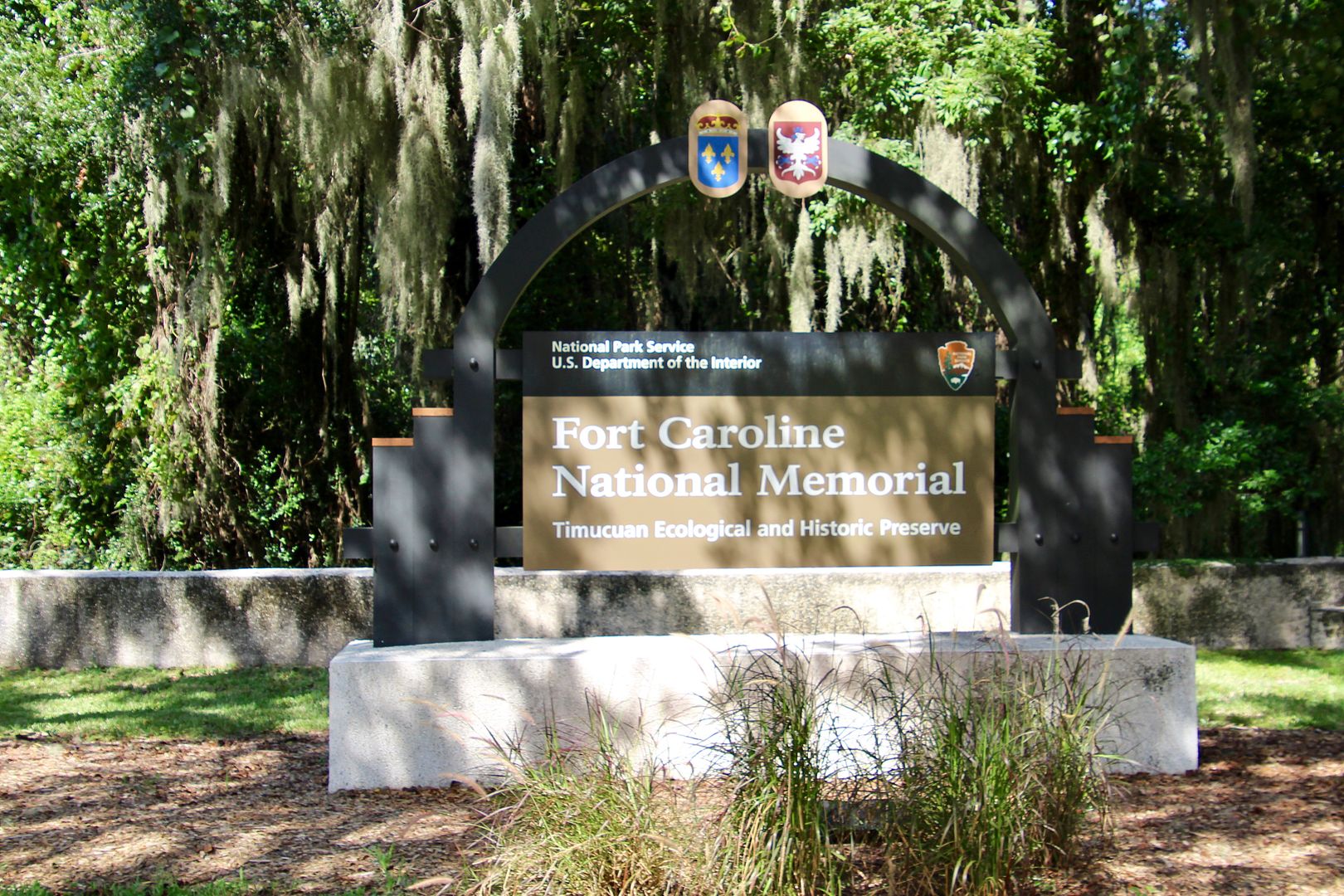
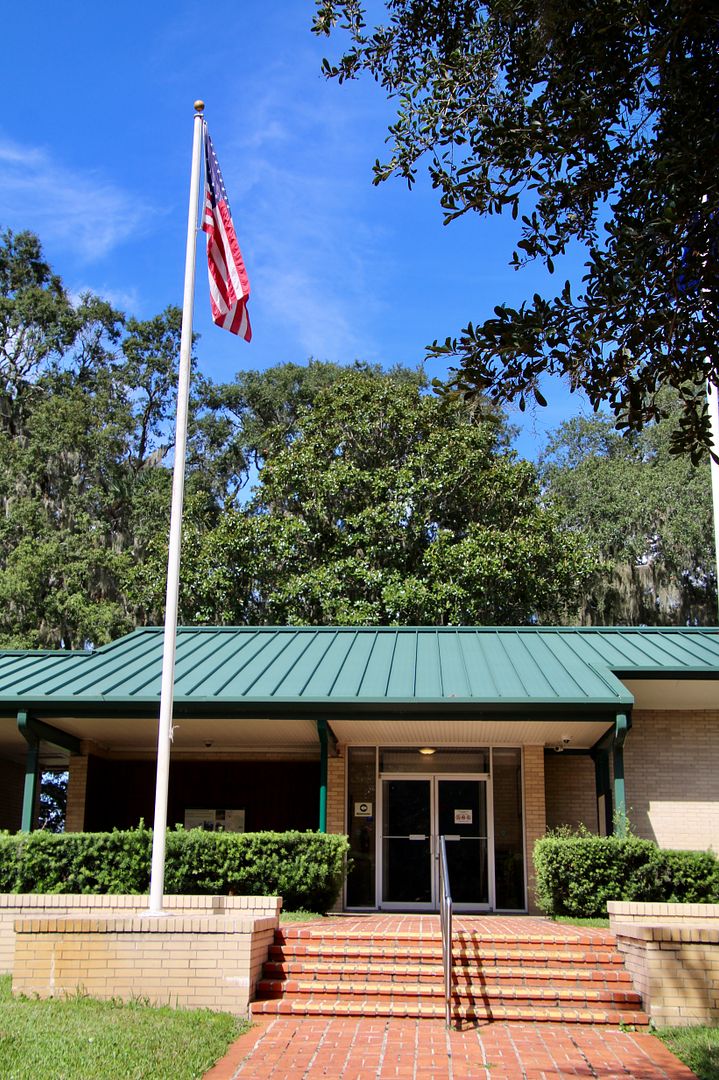
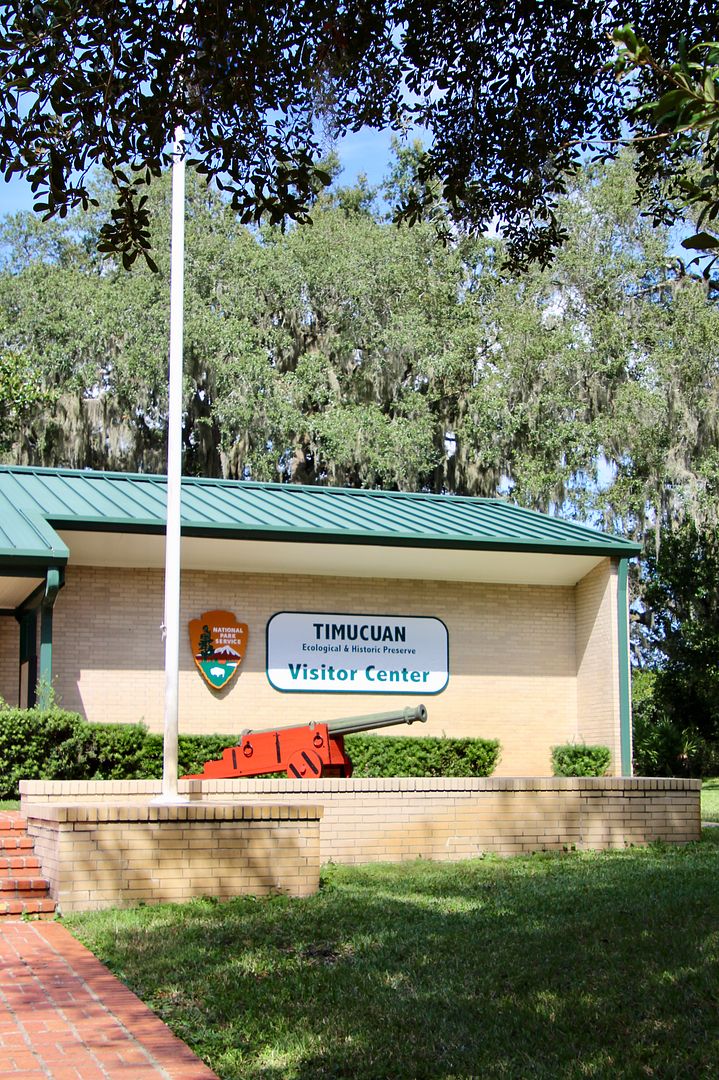

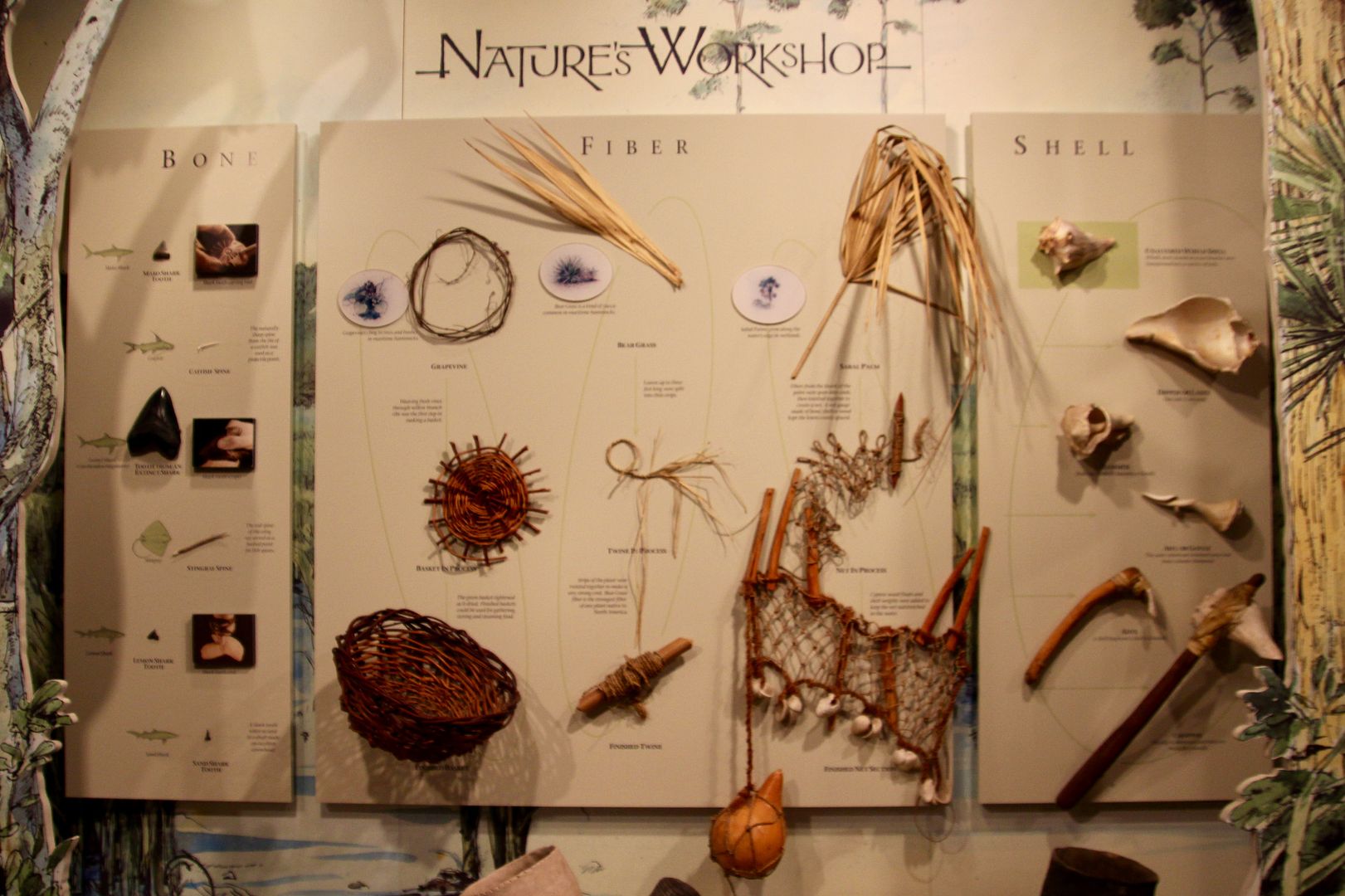
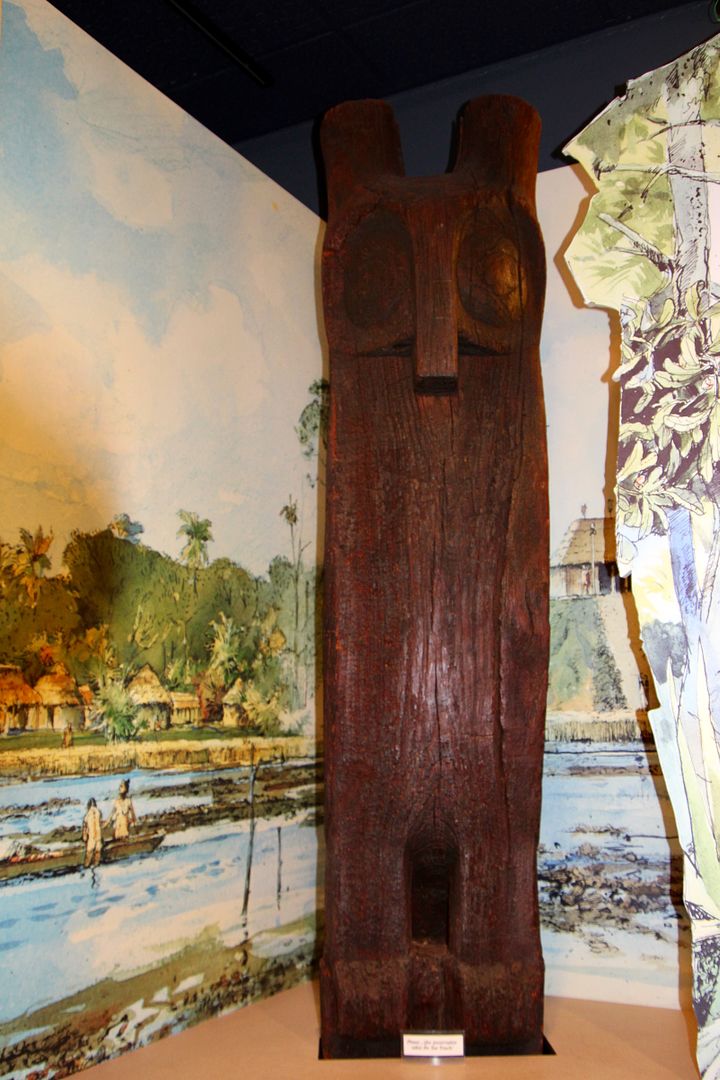
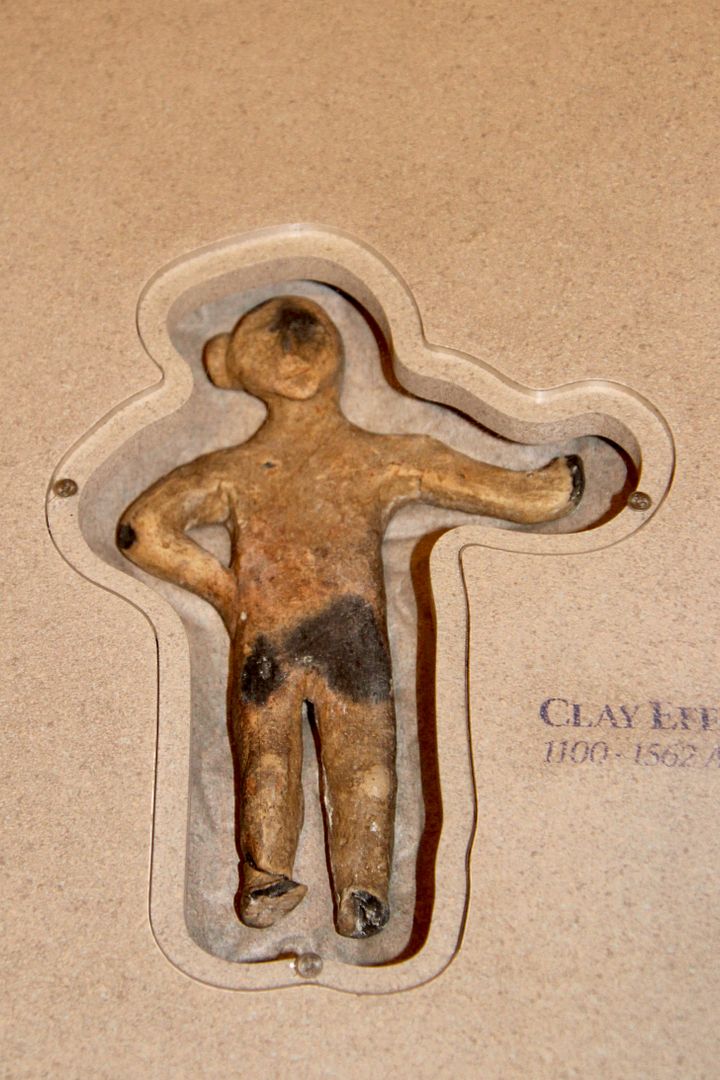
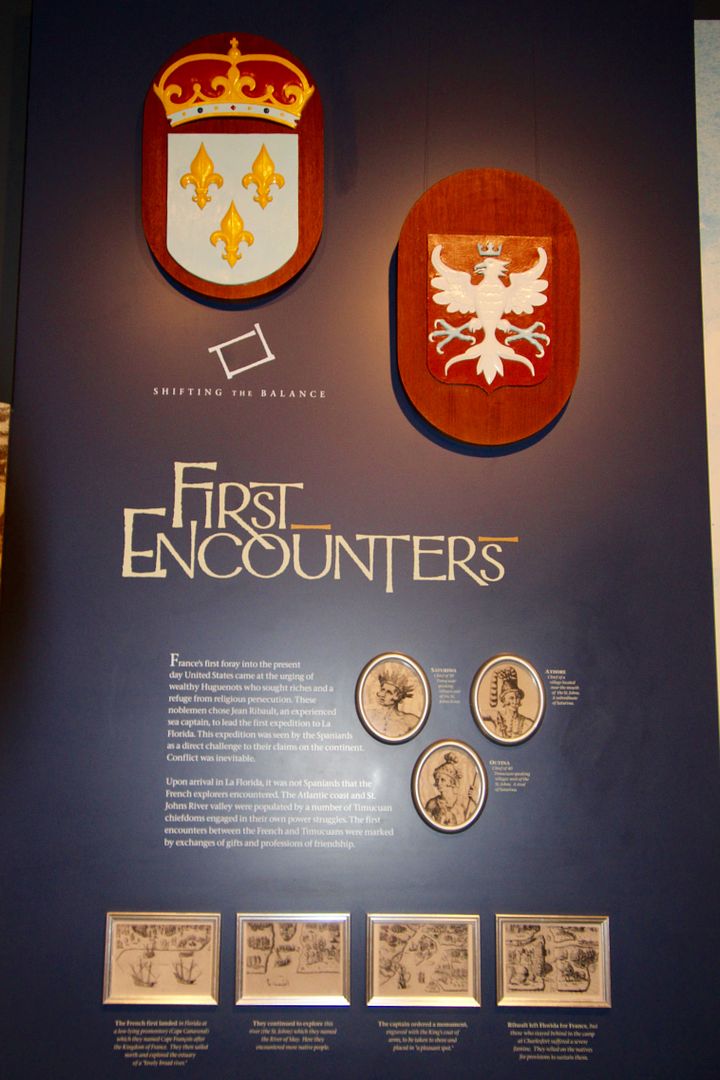
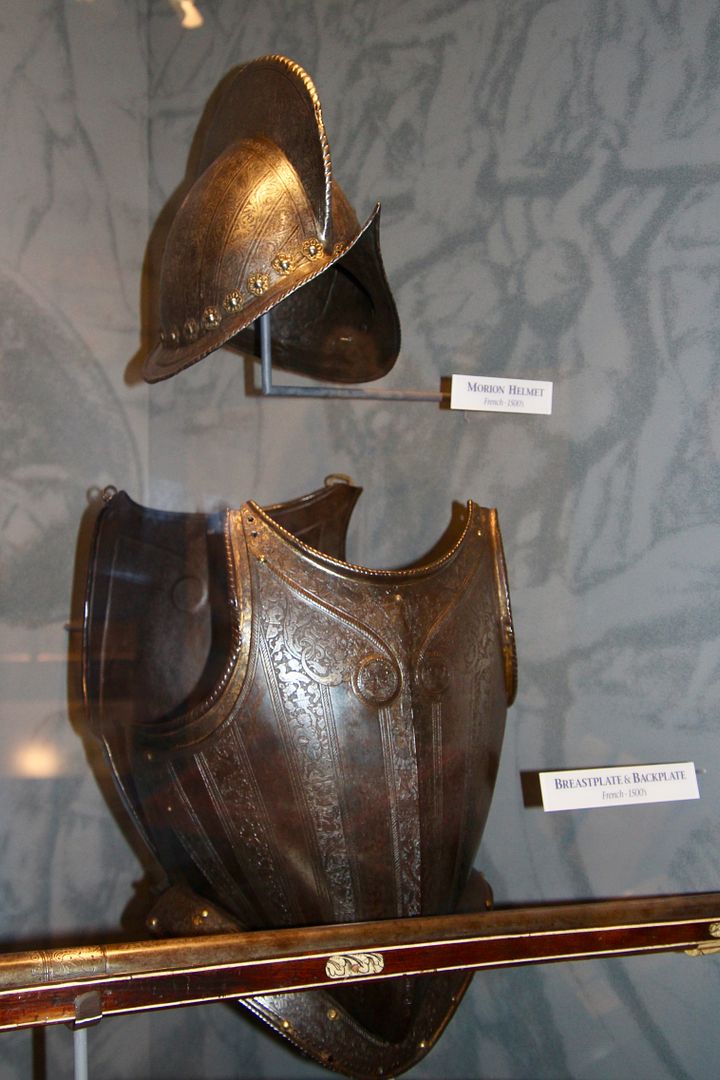

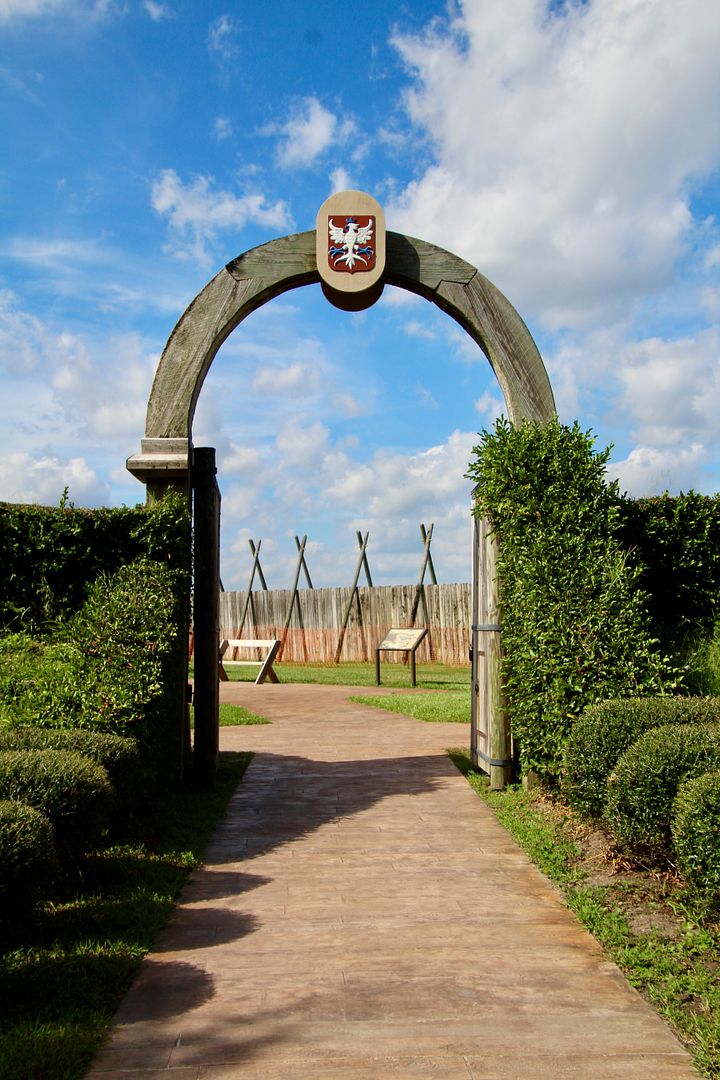
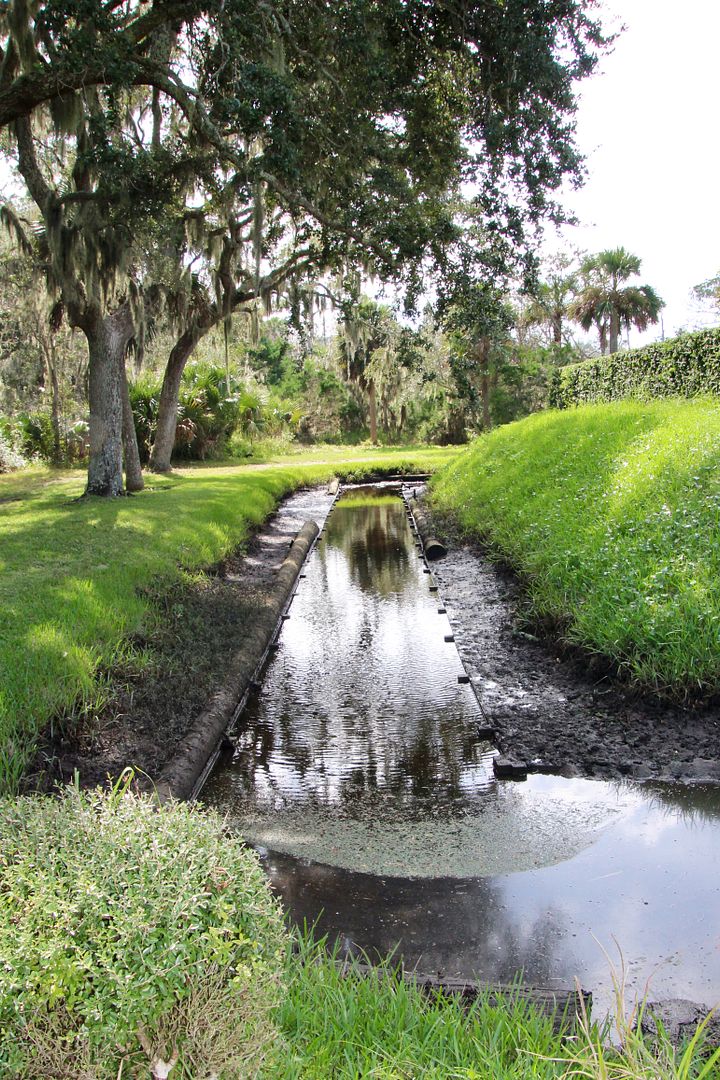
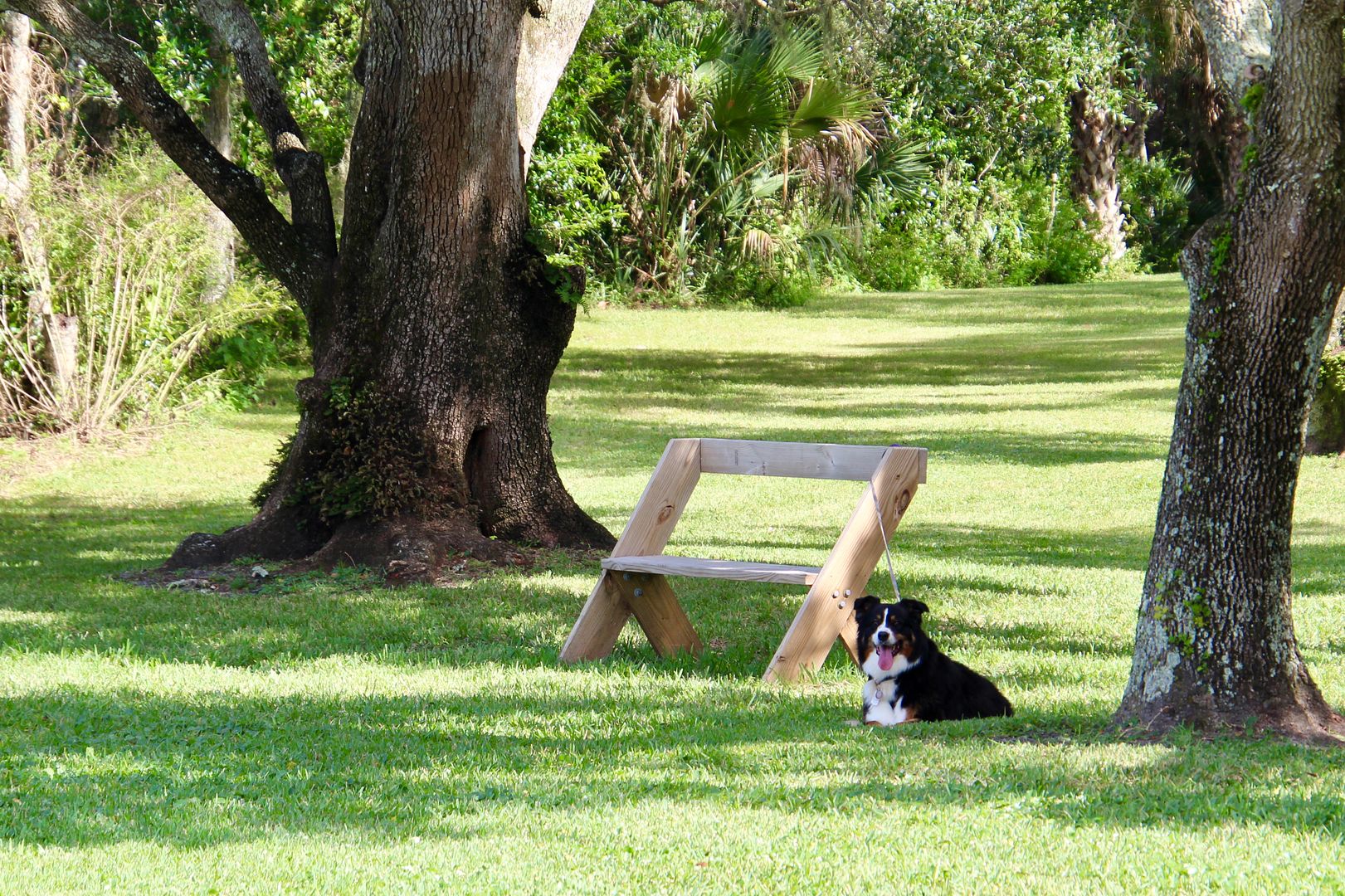

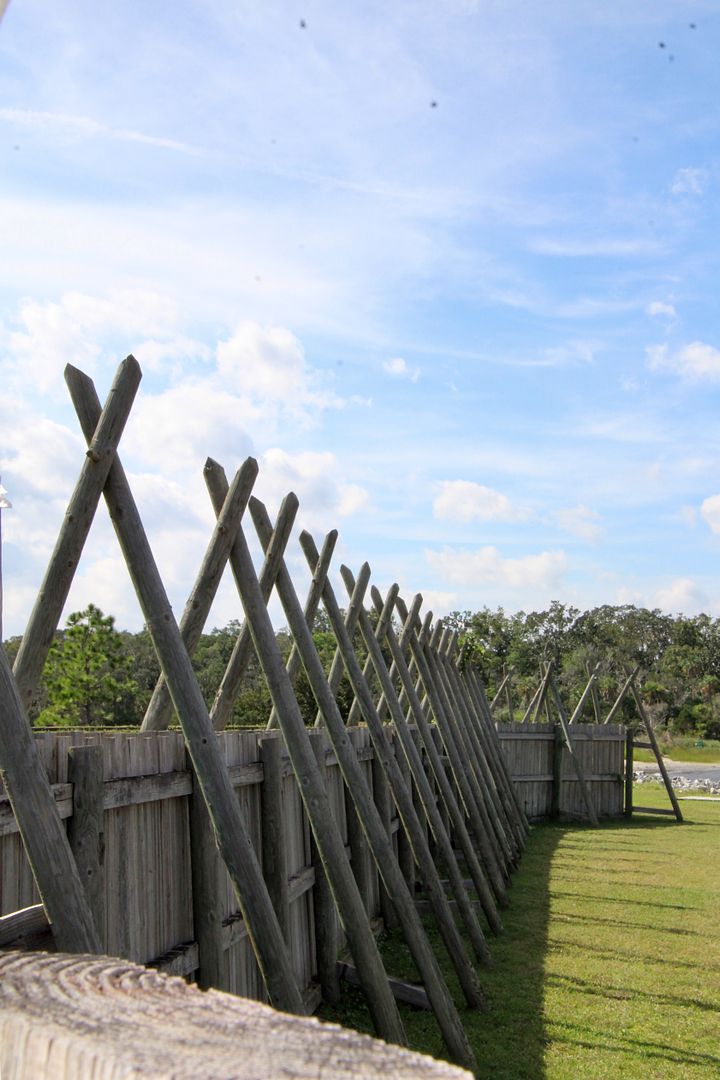

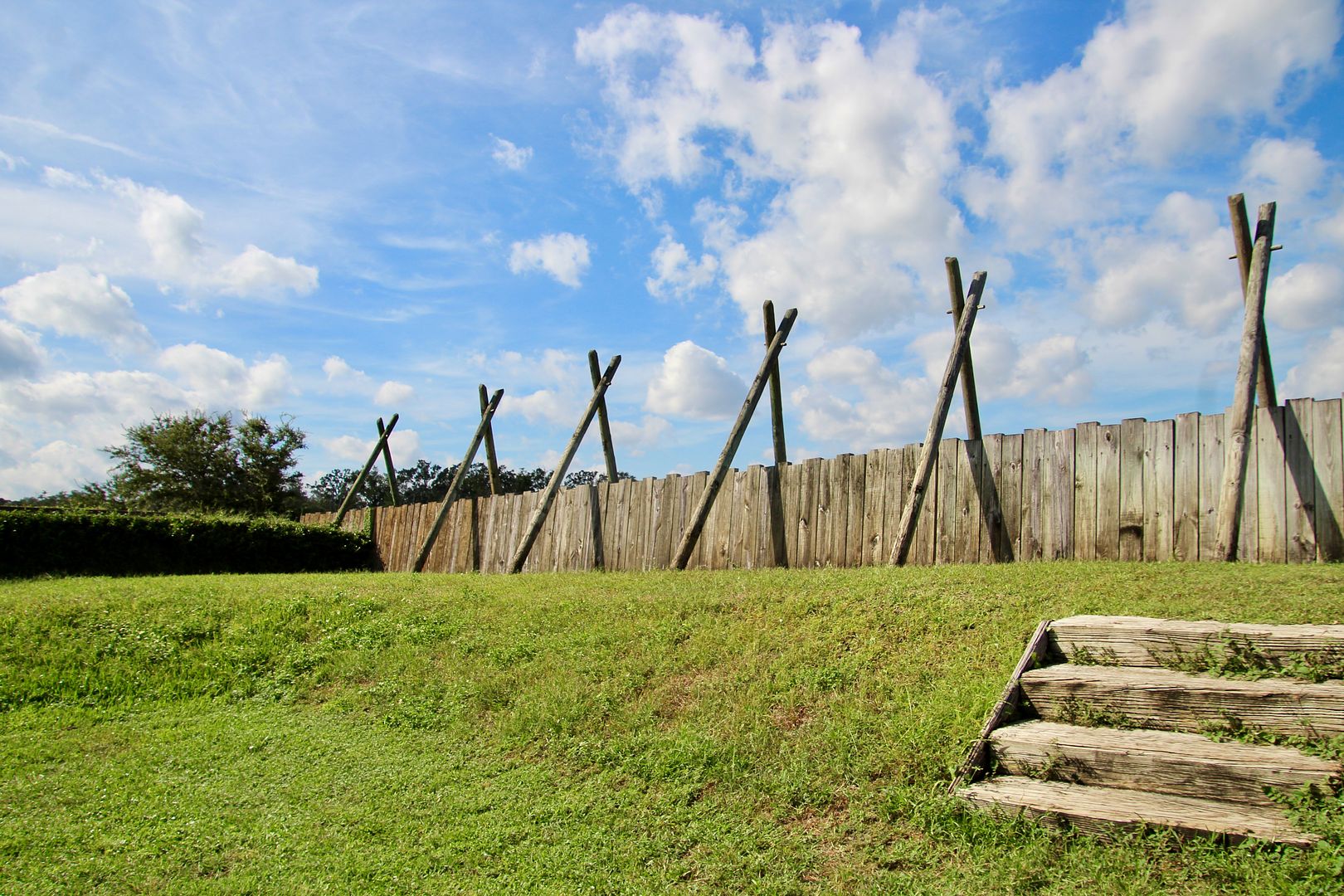
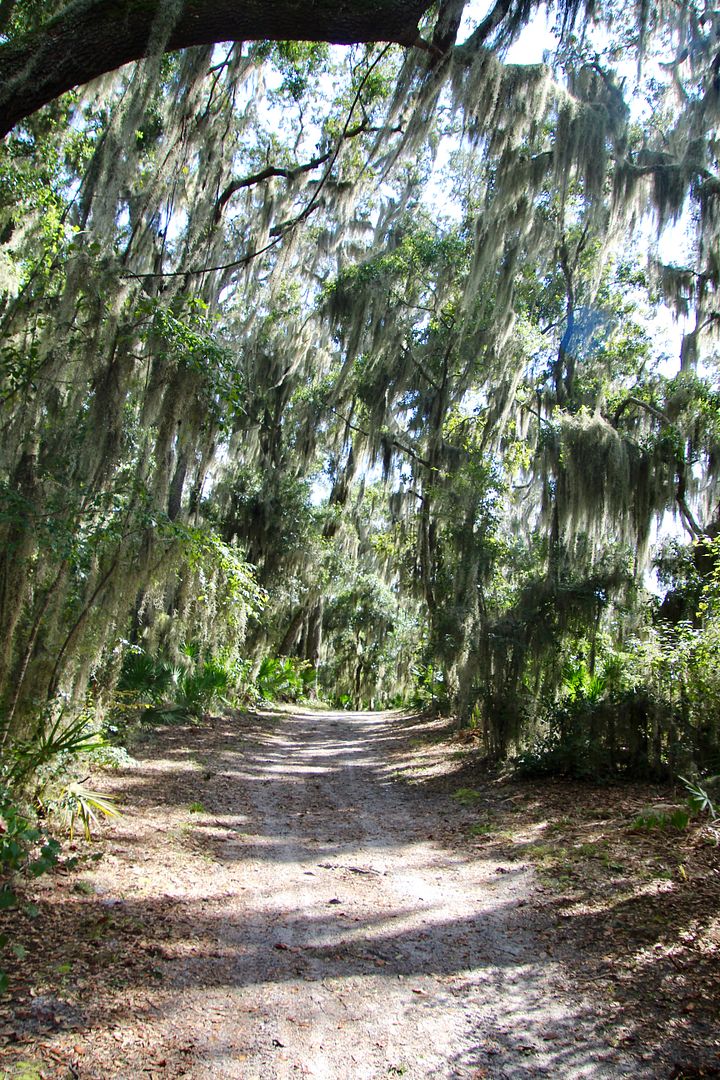
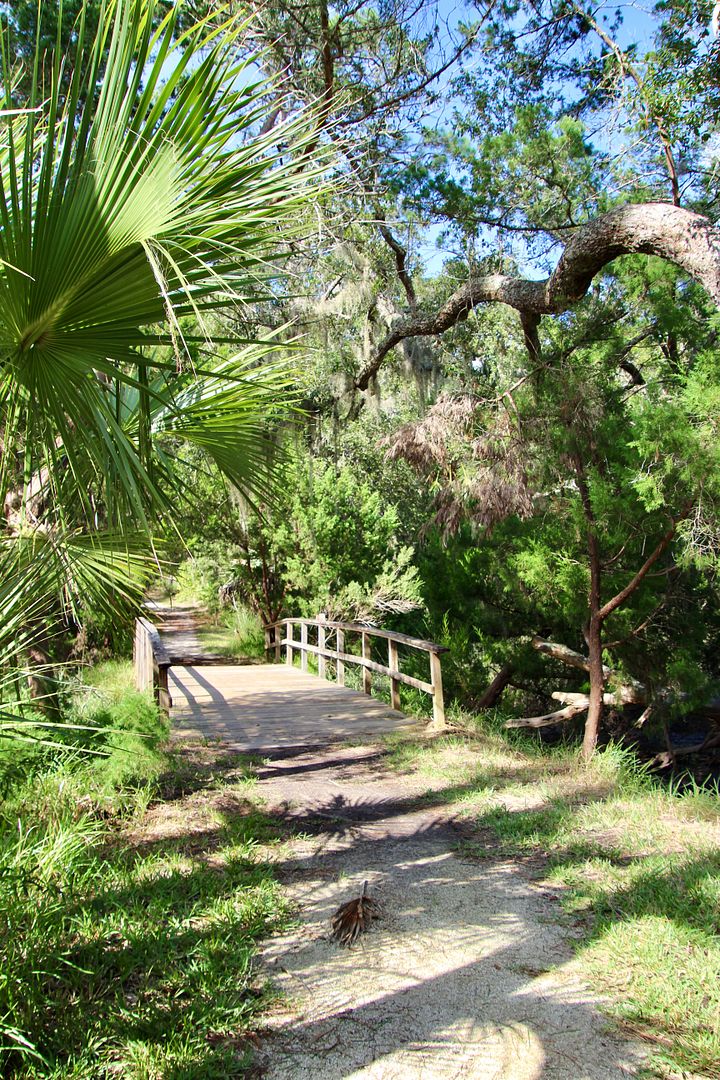
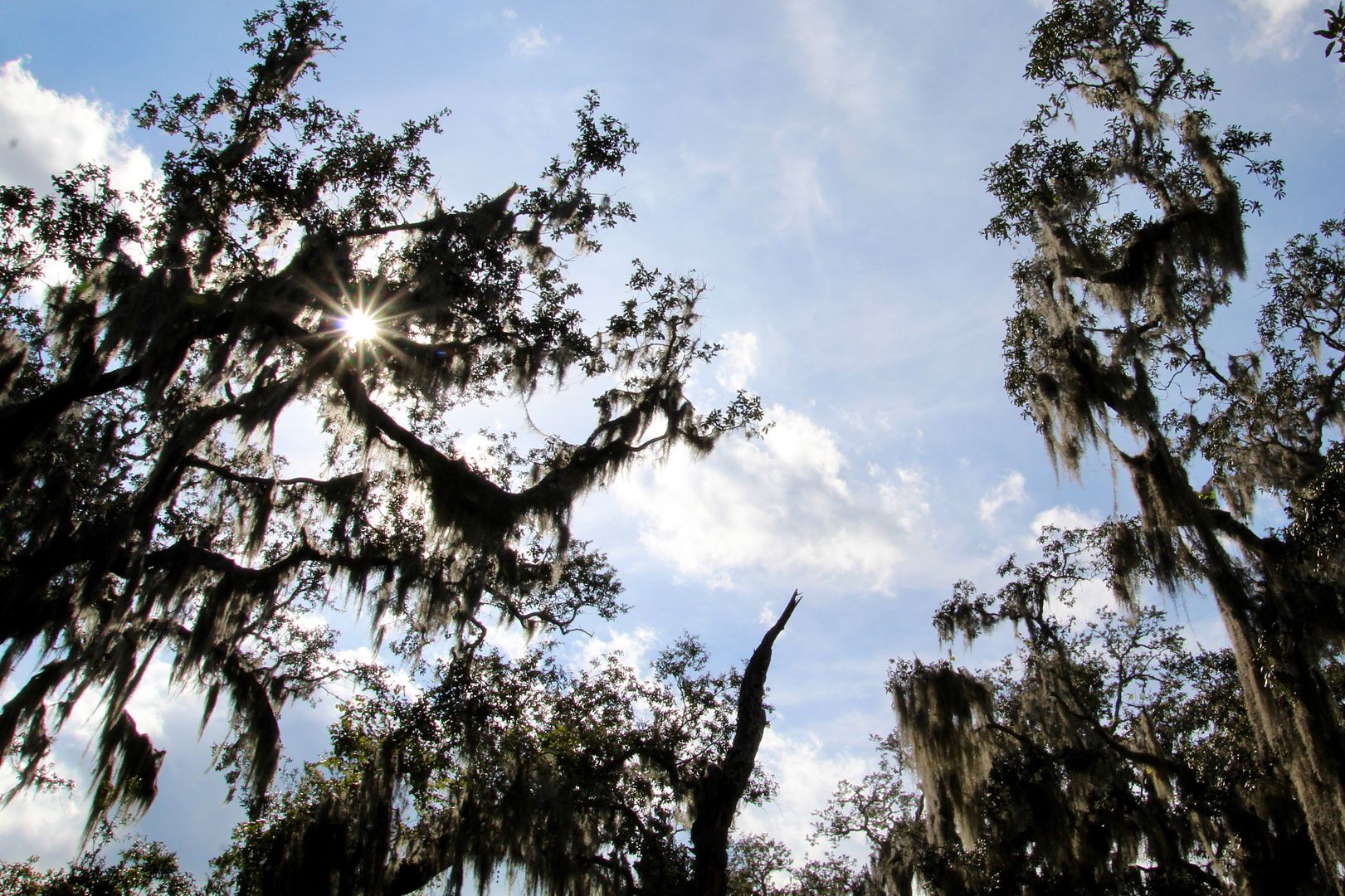
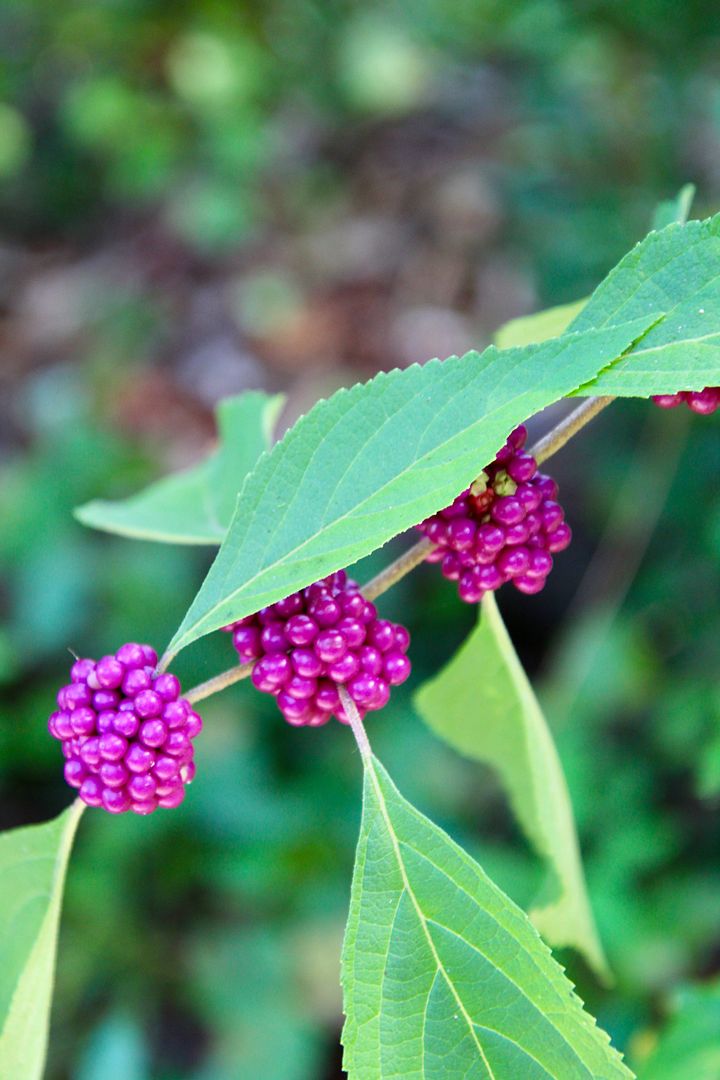
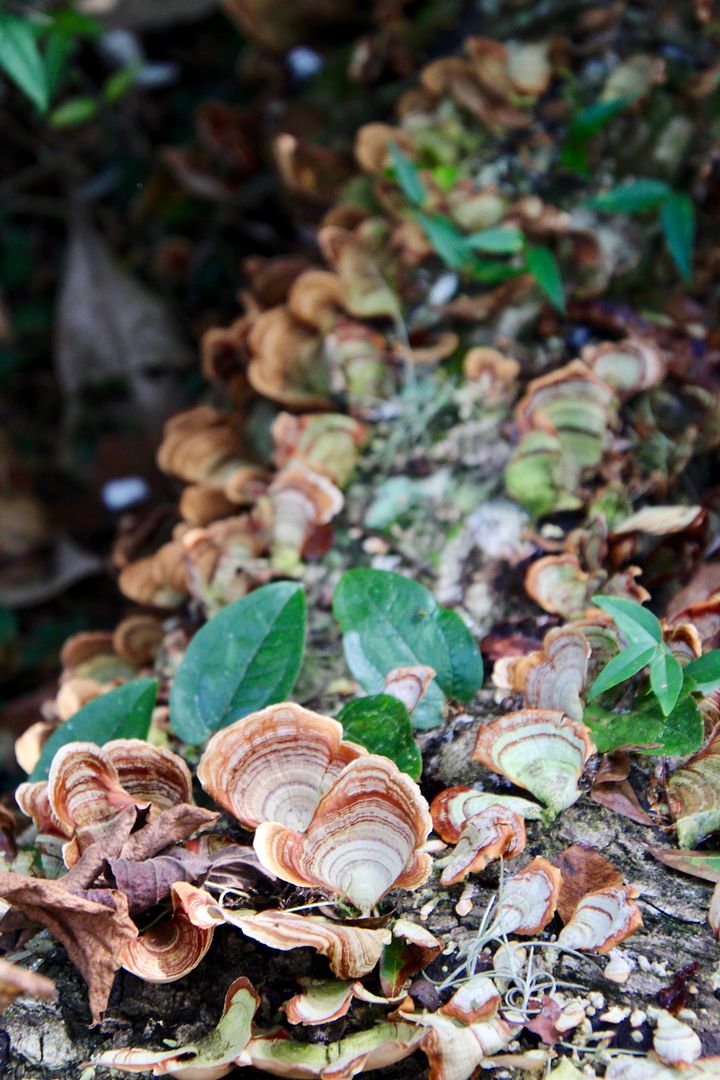
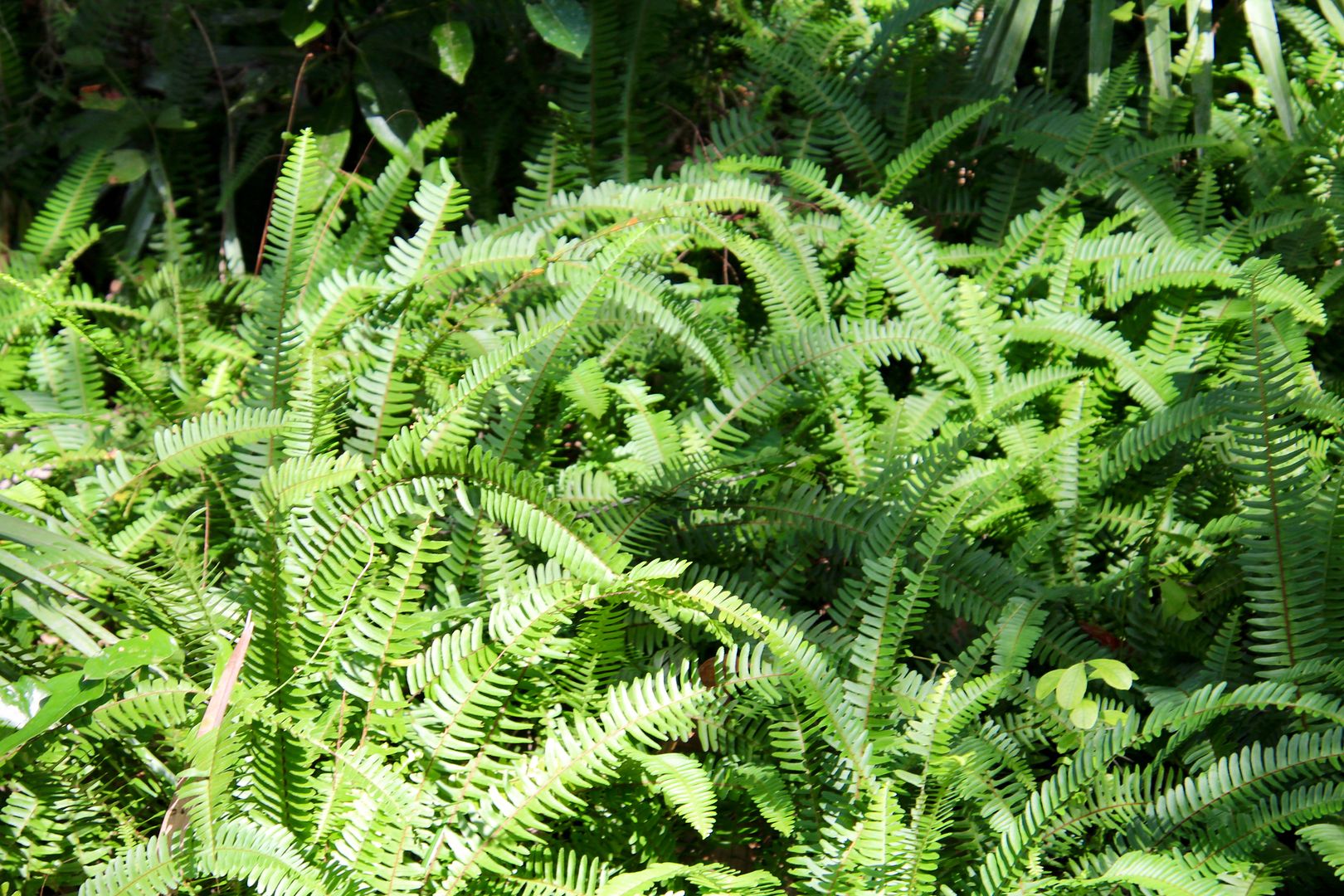
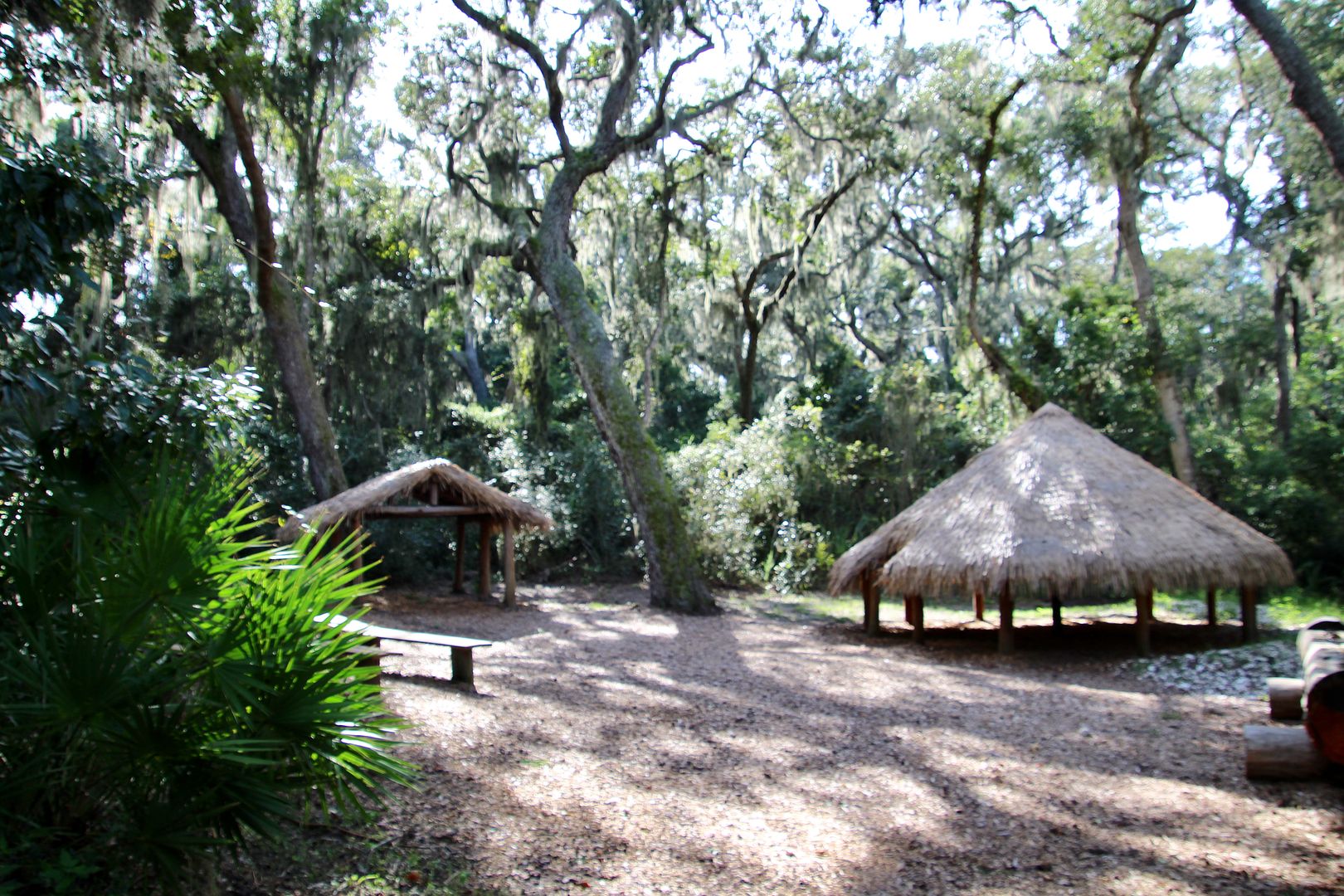
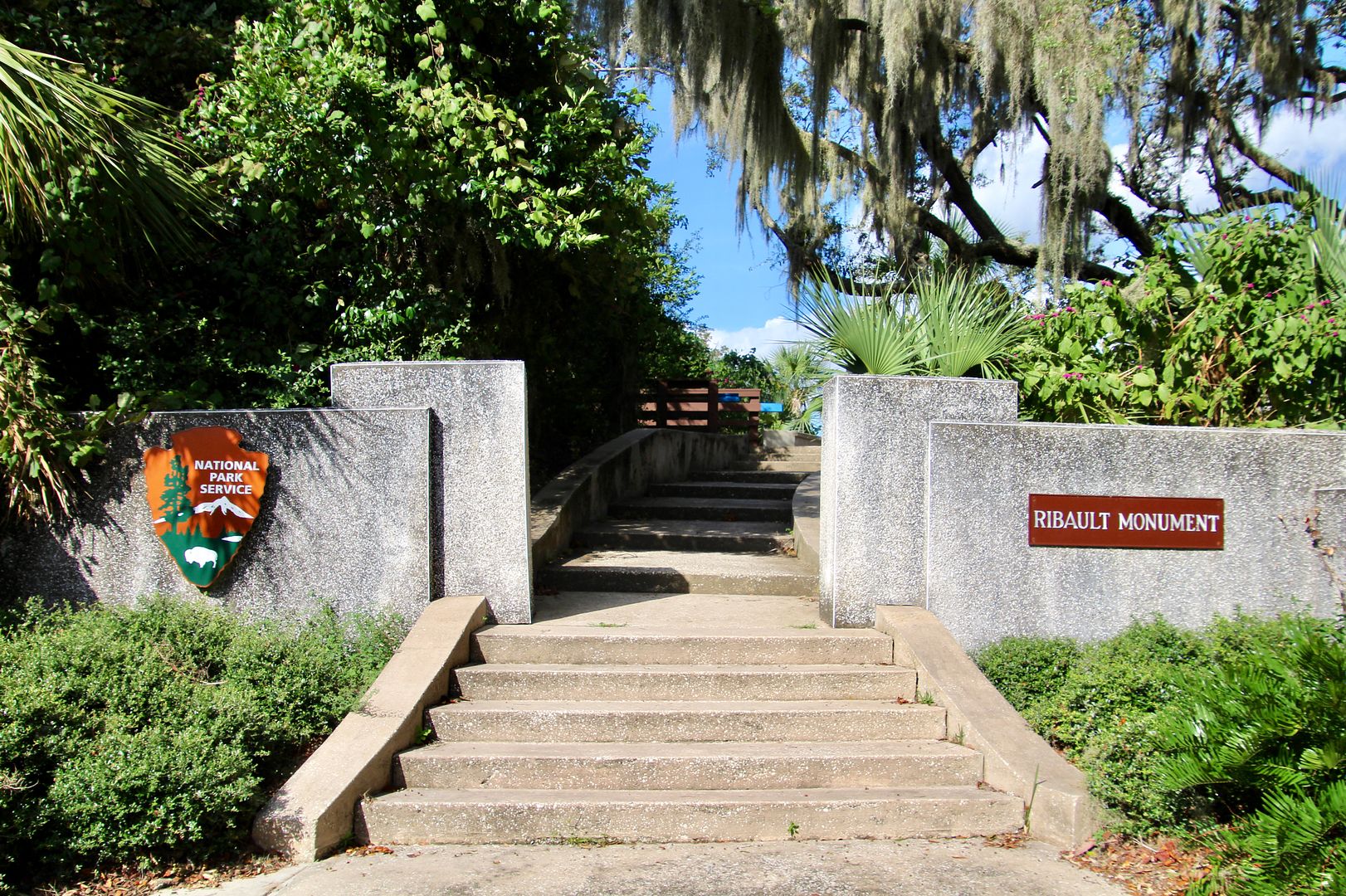
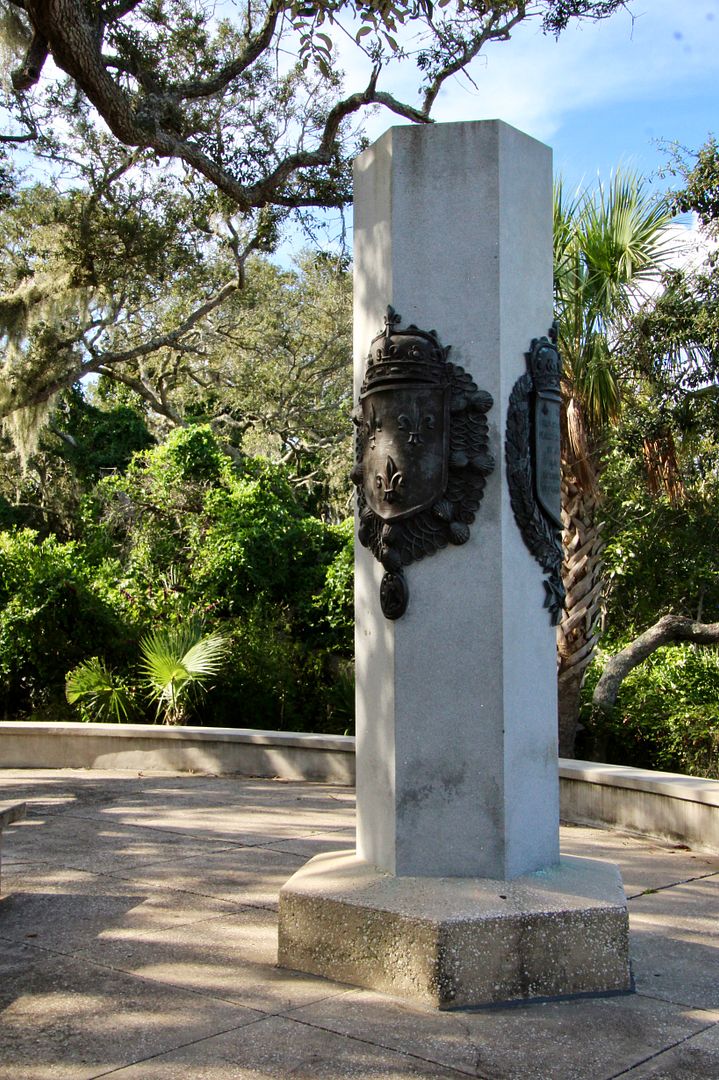
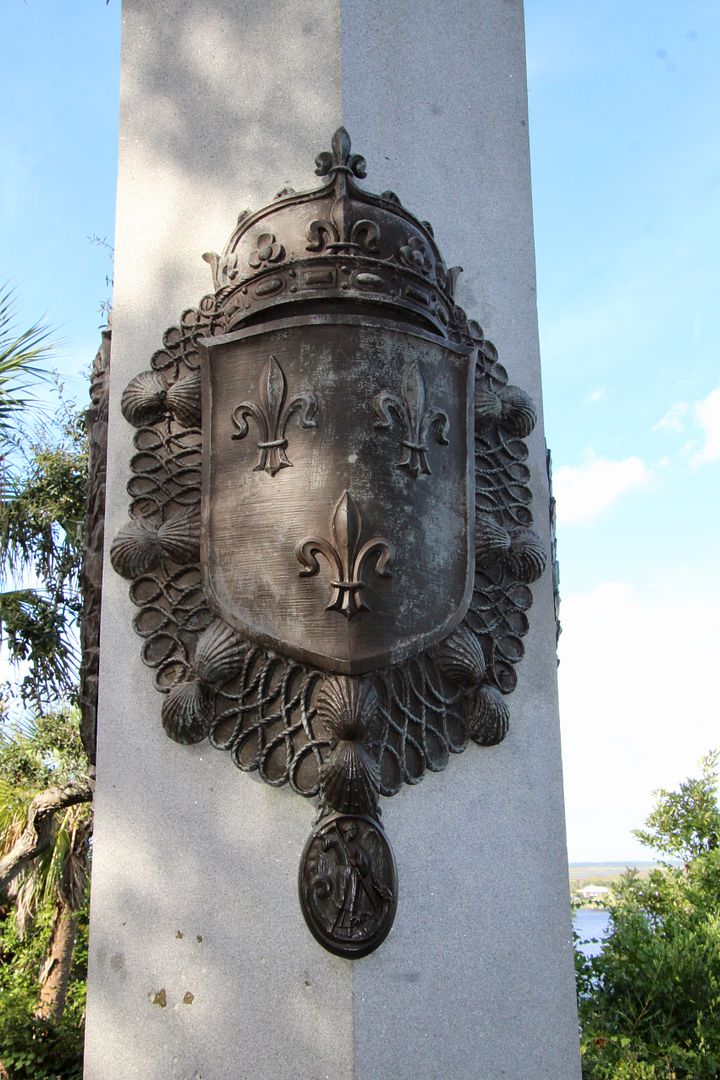
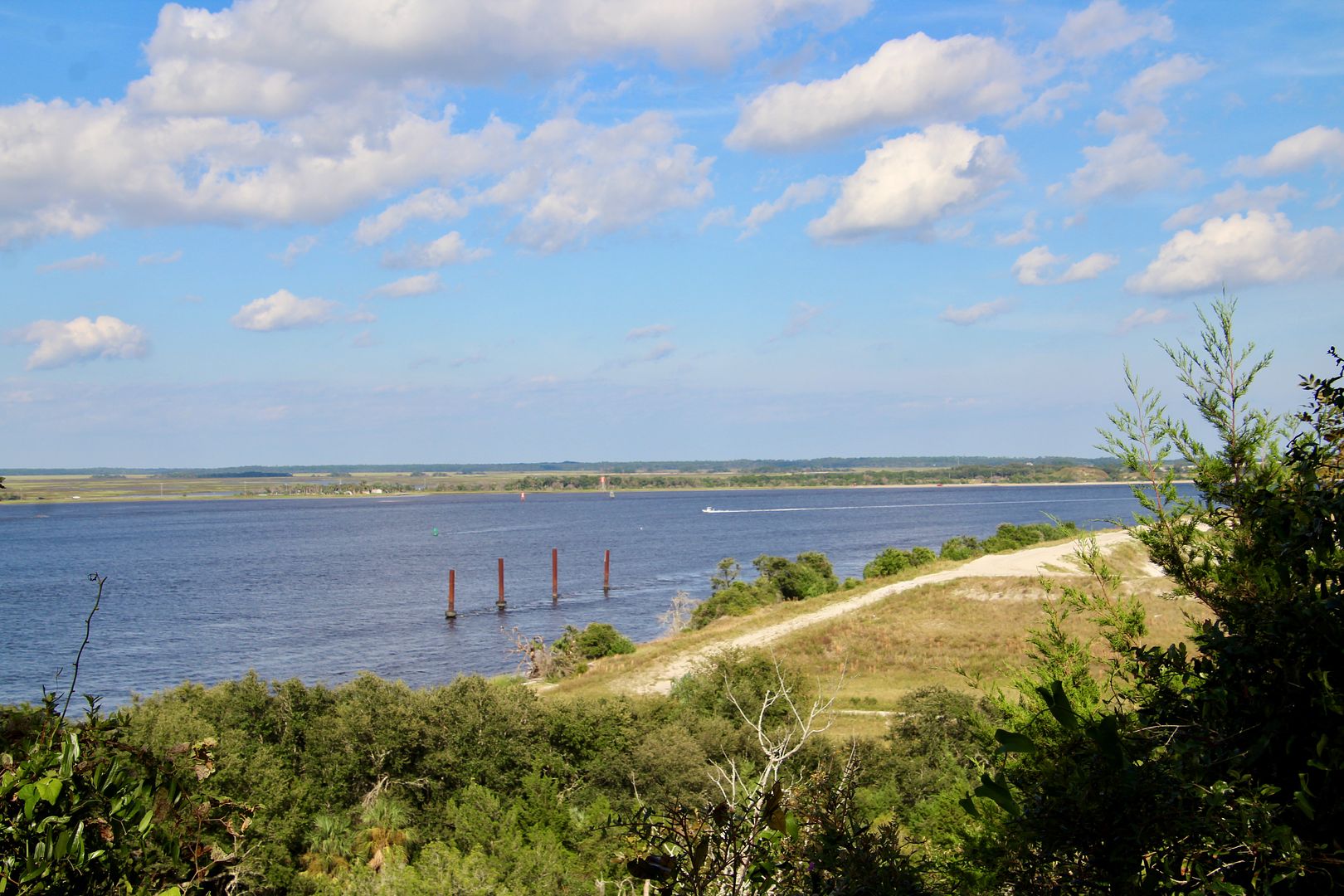
No comments:
Post a Comment